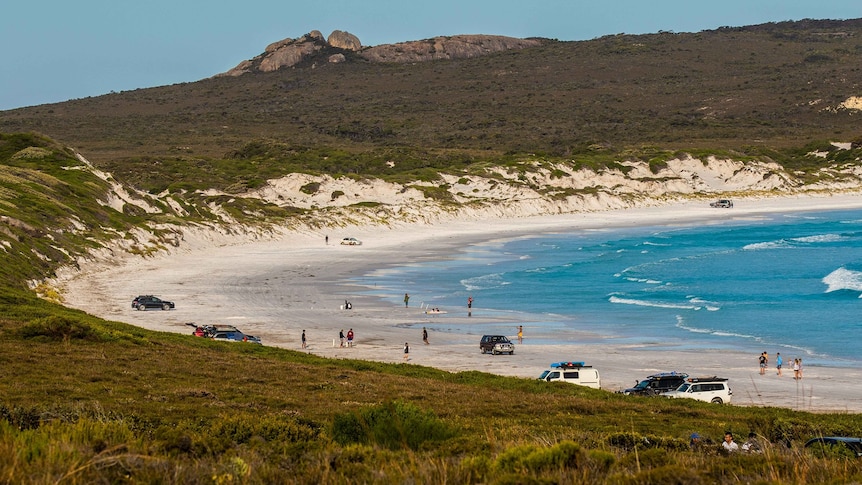4WD enthusiasts and damaging the environment… Name a more iconic duo.
The use of 4WD vehicles on sand layers can have several impacts, including:
-
Compaction: The weight and movement of 4WD vehicles on sand can lead to compaction of the sand layers. This compaction reduces the pore space within the sand, making it more difficult for water and air to penetrate the soil. As a result, it can negatively impact the ability of plants and organisms to survive in the sand ecosystem[5].
-
Alteration of sediment transport: 4WD vehicles directly physically alter beaches by affecting the beach surface with tire tracks. These tracks can disrupt the natural movement of sand and sediment along the beach, leading to changes in sediment transport patterns. This alteration can have cascading effects on the entire sand ecosystem, including dune formation and erosion[3].
-
Damage to vegetation: Vehicle use on beaches can cause significant damage to foredune vegetation, including crushing and breakage of plants like spinifex runners. This damage can disrupt the stability and integrity of the sand ecosystem, leading to increased erosion and loss of habitat for plants and animals[5].
-
Disturbance of wildlife: 4WD vehicles driving on sand can disturb and harm wildlife that inhabit the sand ecosystem. This includes crushing and killing of tiny animals that live among the grains of sand, as well as disturbance of bird breeding and other impacts on wildlife[4].
It is important to note that the specific impacts of 4WD vehicles on sand ecosystems can vary depending on factors such as vehicle weight, frequency of use, and the sensitivity of the ecosystem. However, it is generally recognized that the use of 4WD vehicles on sand can have detrimental effects on the ecosystem’s structure and function.
Citations: [1] https://youtube.com/watch?v=AcLXO2vjMcY [2] https://www.nature.com/scitable/knowledge/library/coastal-dunes-geomorphology-25822000/ [3] https://serc.carleton.edu/vignettes/collection/35397.html [4] https://www.abc.net.au/science/articles/2008/02/28/2175600.htm [5] https://www.coastalrestorationtrust.org.nz/site/assets/files/1185/10.2_effects_of_vehicles.pdf [6] https://www.aph.gov.au/parliamentary_business/committees/house_of_representatives_committees?url=reports%2F1977%2F1977_pp31.pdf
Here is an alternative Piped link(s): https://piped.video/watch?v=AcLXO2vjMcY
Piped is a privacy-respecting open-source alternative frontend to YouTube.
I’m open-source, check me out at GitHub.
-
This is the best summary I could come up with:
Residents in the seaside town of Esperance could be restricted from driving on its famous white beaches after an area of revegetation was vandalised by four-wheel drivers.
This year, Esperance’s Lucky Bay, in Cape Le Grand National Park, was voted one of the world’s top beaches for its clear water, white sand and “untouched nature”.
Driving on the beach is a popular pastime for locals and visitors to Esperance who use the coastline to access fishing and camping spots along the south coast.
The damage comes two weeks after the Shire of Gingin in the midwest tabled a report recommending four-wheel driving on beaches around Lancelin, Ledge Point and Seabird be reduced to prevent erosion.
In May, Variety WA held a four-weel-drive tour from Warton Beach to the mining town of Kalgoorlie to raise money for the children’s charity.
Mr Brownlee said if attempts to reduce erosion were hampered by people driving where they shouldn’t, local and state governments would have few options.
The original article contains 499 words, the summary contains 160 words. Saved 68%. I’m a bot and I’m open source!




